Aussie Animal Encounters
- Katie Mather

- Jan 27, 2019
- 10 min read
Updated: Nov 24, 2022
During my 2 years in Australia I had many animal encounters and these were definitely the highlight of visiting the country for me.

I feel that one of the greatest aspects of travelling Australia is experiencing the country's unique and fascinating animals as they are so different from anywhere else. Once you get out of the cities and into the bush or outback there is nothing quite like it; seeing the natural habitat to many unusual animals such as kangaroos and wallabies, the sweet scented gum trees home to sleepy koalas and the murky creeks and rivers hiding platypus and even crocodiles.

Of course, you can see and experience many of these animals in zoos or sanctuaries which can be great, allowing you to get up close to them, but I always prefer seeing them in the wild where they would naturally be living as this is a much more authentic experience to me.
I managed to spot a wide variety of Aussie animals in the wild of which include the most iconic Australian animals, the kangaroo and koala, as well as possums, quokkas, wallabies, dingoes, the cassowary, crocodiles, platypus, pelicans, the kookaburra, dolphins and even penguins.
Koalas
I will start with my favourite of all; the cute, cuddly koala.
This had always been a dream of mine, to witness koalas in the wild in Australia so I am incredibly happy that I fulfilled this.

Koalas live along the whole East Coast of Australia, mainly in the eucalyptus forests, and this is the only thing they eat, the gum leaves. They sleep at the top of these trees and can sleep for up to 20 hours per day... what a dreamy life.
It is actually because they live off a very low nutritional diet due to only eating the gum leaves, so the best way for them to conserve energy is to sleep.
I saw quite a few koalas when I went to Magnetic Island, a small island off the coast of Townsville up in north Queensland. This island is well known for it's abundance of koalas, due to the plethora of eucalyptus forests, so my main goal was to try and spot some when I was here. And that's exactly what I did.
There are walking trails you can take through the eucalyptus trees and this is where I saw them, snoozing up in the trees, and I was even lucky enough to have a very close encounter with a mother and baby koala! Truly amazing to see!
If you are hoping to see koalas in Australia this is where I would recommend visiting as it is highly likely you will spot a few.
Koalas are only found naturally in the wild in the states of Queensland, NSW, Victoria and South Australia.

There are many wildlife sanctuaries and zoos all over Oz where you can meet a koala but you can only hold them in the states of Queensland and South Australia. I was desperate for my chance to cuddle a koala so I did this at Australia Zoo in Queensland.

Kangaroos

Kangaroos are perhaps the most iconic Aussie animal; Australia is the land of kangaroos and the only place in the world you will find them, and I was incredibly fortunate enough to see so many of these unusual but amazing animals throughout the country.
There are nearly an incredible 50 million kangaroos in Australia, which is almost double the human population of the country!
They can be found all over Australia, generally in the rural areas but even on the outskirts of cities.

I had up close encounters with roos at Australia Zoo which was a really great experience as they are given a huge grassy outdoor space to roam around freely, and visitors can feed and pet them.
I also encountered roos at the Horizons Kangaroo Sanctuary in Agnes Water, which is on the East Coast in Queensland, and this was an even better experience personally.

The kangaroos and joeys had been rescued by this family and given a home to live freely and come and go as they please, but also to be cared for. Visitors are able to feed and pet them, and the roos seemed to absolutely love it!

But best of all for me was when I saw kangaroos hopping about in the wild, over in Western Australia. I spent some time living in a rural area in WA, and the roos were everywhere!
I could never get sick of seeing kangaroos in the wild, in fact quite the opposite. They would be hopping in and out of bushes, roaming freely across the fields and even in people's gardens.
You just have to be very careful when driving, especially at night, as roos are known for carelessly crossing the road and coming out of nowhere when they see the bright lights of the cars.
Quokkas
Now perhaps the strangest Aussie animal that I encountered, the Quokka. These mammals are only found on Rottnest Island, a small island off the coast of Perth, Western Australia, and a handful of smaller islands around the coast of WA.

These funny, furry creatures are one of my favourite animals as they are so friendly and appear to smile which I think is adorable! They have even been described as the "world's happiest animal"!
They are part of the kangaroo and wallaby family, about the size of a cat and have the tail of a rat. They are herbivores and are mainly nocturnal animals.

However, on Rottnest Island they are now so used to the tourists coming to visit so many are awake and active all day, and very tame, allowing people to snap selfies with them!
On Rottnest Island there are about 10-12,000 quokkas and here they are able to live a sheltered life free from predators or traffic. I'd definitely recommend heading over here if you would like to meet the friendly, happy quokkas!
Crocodiles
Next up I'll move away from the cute, cuddly animals and on to possibly the largest and scariest reptile, crocs! There are two species of crocodiles in Australia, the saltwater and freshwater crocodile.
The freshwater crocs live mainly in fresh water, they can measure up to 3 metres and are not generally considered to be dangerous to humans. (Obviously I would still keep my distance..) The saltwater croc is the biggest of all crocodiles and the most aggressive. They can grow up to 6 metres and are found in salty water such as rivers, estuaries, swamps and billabongs. This crocodile is one of the most dangerous animals in Australia and actually kills 1-2 people each year.

These frightening reptiles live in the Northern part of Australia, where the climate is warm and tropical. This includes the Northern Territory and the north of Western Australia and Queensland.
Some of the best spots to see crocodiles in the wild are Kakadu National Park in the NT, in Daintree, Queensland, on all the northern coasts of Australia and in the multiple river systems near Darwin such as the Adelaide, Mary and Daly Rivers.

This is where I saw my first crocodiles in the wild. I did a jumping croc cruise down these rivers and billabongs when I was staying in Darwin and I managed to see loads! This was such an incredible experience, sometimes terrifying but amazing to see them in the wild, yet so close up. They would appear right next to our boat and the guide would hang meat over the edge for the crocs to jump up and catch.

I also saw some when I visited Kakadu National Park, along the Yellow Water billabong. The waters are very murky which is perfect for the crocodiles to hide in and sneak their way along. You just have to be very careful, take no risks and always obey the warning signs!
Wallabies
The wallaby is native to Australia and they are members of the kangaroo family, but are much smaller. There are about 30 species of wallabies in Australia, and these different species prefer different habitats.

I have seen wild rock wallabies on Magnetic Island where I got the chance to feed them at sunset which was such a lovely experience. They can be quite nervous animals but as long as you show them you are not a threat they are happy to be close to humans. And very happy to take some carrot or seeds off you!
Other places I have seen wallabies were in Sydney's Royal National park, where I saw a mother and joey grazing in the forest, who fortunately enough allowed me to get quite close.
Also in Byron Bay, on my way up to the Cape Byron Lighthouse there was a wallaby hopping in and out of the bushes along the coastal path and in Crows Nest National Park in the Toowoomba region, Queensland I saw a Brush-Tailed Rock Wallaby.

Possums
Possums are another animal iconic to Australia. There are two widespread species in Oz which are the Common Brushtail Possum and the Common Ringtail Possum.

Brushtail Possums are about the size of a cat and tend to be grey in colour with a pointed face, pink nose, long oval shaped ears and a bushy black tail.
Ringtail Possums are much smaller and tend to be dark grey, with round ears and a long, curled tail.

Possums can be found all over Australia; Ringtail Possums along the East of Australia and South of Western Australia, and Brushtail Possums are common across the entire country, found in forests, woodlands and by rivers and creeks.
They are nocturnal animals, they are not aggressive and are extremely agile creatures.
It is very common for Brushtail Possums to take up residence in household roofs, garages and sheds as they feel safe here.
They are considered a pest in some areas as they have been known to cause damage to fruit trees, buildings, flowers and pine plantations, but can be very tolerant of humans and can sometimes be hand-fed.
I have seen possums in the wild across Australia; from parks in Darwin to my hostel gardens on Magnetic Island.
I had a close encounter with a possum who had taken up residence in the roof of a room in my hostel in Toowoomba, which is inland Queensland. This was a very friendly possum and loved to be fed by us humans, who would hand-feed it a variety of fruit!
If you come to Australia it is highly likely you will come across possums at some point!
Dingoes
A dingo is a feral dog native to Australia. They have golden/tan coloured fur and are carnivores who scavenge for their meat. They will eat kangaroos, wombats, wallabies, rabbits, birds and fish... pretty much any food source it can find.

They are dangerous to animals and livestock, but they are actually timid towards humans and will not attack unless they feel threatened.
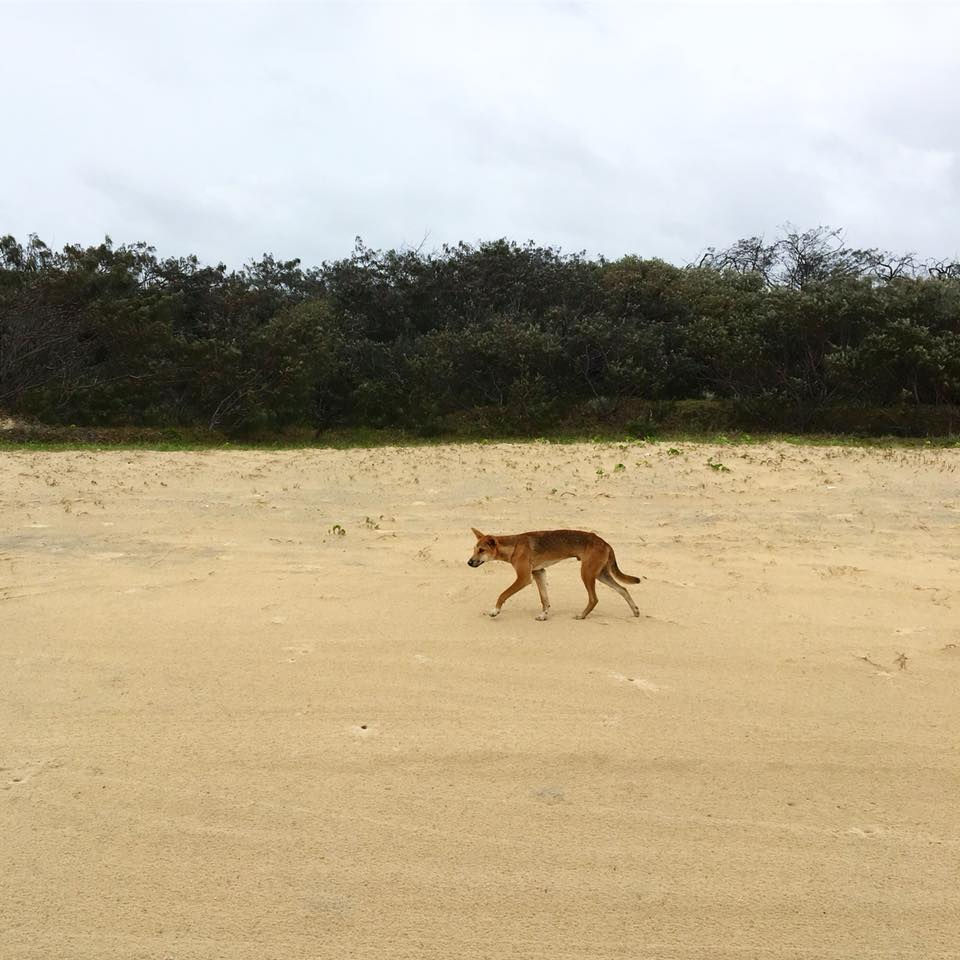
They are found throughout most of mainland Australia and in a variety of habitats such as woodland, grassland, desert and tropical areas.
Fraser Island, off the East Coast of Australia, is home to the purest breed of dingoes and there are approximately 200 dingoes left on the island.
It is here that I encountered wild dingoes, mostly from the safety of the inside of our 4WD, roaming the long stretches of sand, scavenging for fish in the sea and we even had a dingo sniffing around our lunch spot hoping to get something!
Fraser Island is the best place to visit if you hope to see some dingoes in the wild, outside of a zoo. Just keep your distance and everyone will be happy!
Platypus
The platypus is a semi-aquatic mammal, whose habitat is freshwater systems such as small rivers, streams and creeks, and they are a unique Australian species.
They are present throughout a lot of eastern Australia, but are known to be very elusive animals.
One good spot to try and get a glimpse of a platypus is in the Atherton Tablelands up in northern Queensland near Cairns, and this is where I saw some platypus. The viewing platform in Yungaburra sits above Peterson Creek, and it was in here that a few of the fascinating creatures made an appearance for me.

Birds
I have seen many different types of birds whilst in Australia and here are some of them.
Pelicans
When I was staying on the Gold Coast I stumbled across a large group of pelicans during their feeding time at Broadwater Parklands in Southport. This was a spectacular sight to see as there were so many together and they are actually huge!
I also saw some pelicans when I went to the tea tree lake in Byron Bay, where they were just peacefully floating around the red lake and didn't disturb us at all.

Kookaburra
These birds are native to Australia and are a type of kingfisher. The laughing kookaburra can be found all throughout Eastern Australia and heard very distinctly.

I saw a few kookaburras in Crows Nest National Park, which is in the Toowoomba region in Queensland.
Parrots
I have seen so many beautiful, brightly coloured parrots flying around in Australia which I always loved to see.

There are 56 species of parrot found in Oz, of which include Cockatoos, Lorikeets, the Galah and the Australian King Parrot and all of these are the ones that I was lucky enough to see.
I saw these gorgeous Lorikeets snacking on Magnetic Island, right next to us.

I also saw so many Cockatoos flying around, and met one very friendly one whilst sailing the Whitsunday Islands, who seemed very keen on our boat!
It is so common to see many of these parrots flying around in Australia and the most common species I saw was probably the Galah, which is pink and grey in colour and in all urban areas.
Penguins
So I saw little penguins on the pier in St Kilda, Melbourne.

The St Kilda breakwater is home to a colony of Fairy penguins and they can be seen swimming and waddling back to their nests among the rocks below the pier all year round, at sunset.
This was a must do for me when I was staying in St Kilda, and it was such a lovely experience. It is a popular attraction for visitors but there were so many of the adorable little penguins to watch, emerging from the water and clambering along the rocks back to their homes.
Cassowary
The cassowary is one of the world's most dangerous birds, the third largest, and they are native to northeastern Australia.
They are huge, flightless birds, around six feet tall, and are actually known to have killed humans before... yeah scary. They are best left to themselves; this way they are harmless but if they feel threatened they will turn very aggressive in self defence. They have one five inch claw on each foot, can jump up to five feet in the air and have a top running speed of 30 miles per hour!

They live in the tropical rainforests in northern Queensland and this is where I saw one, in the Daintree Rainforest. Luckily I was in the safety of our car, but we were literally right next to this gigantic creature and it was so incredible to see this close up, in it's natural habitat.
If you love animals and wildlife, and witnessing them in the beautiful nature that is their homes there are so many opportunities for this in Australia and this is one reason why I just love this country.
Encountering the animals in the wild was always the biggest highlight for me throughout my travels here; it's truly a fascinating experience and many animals are so unique to the land down under.

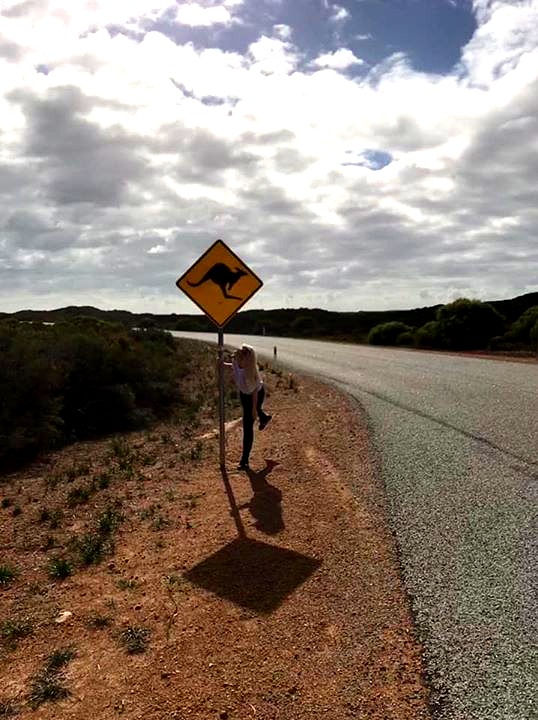






















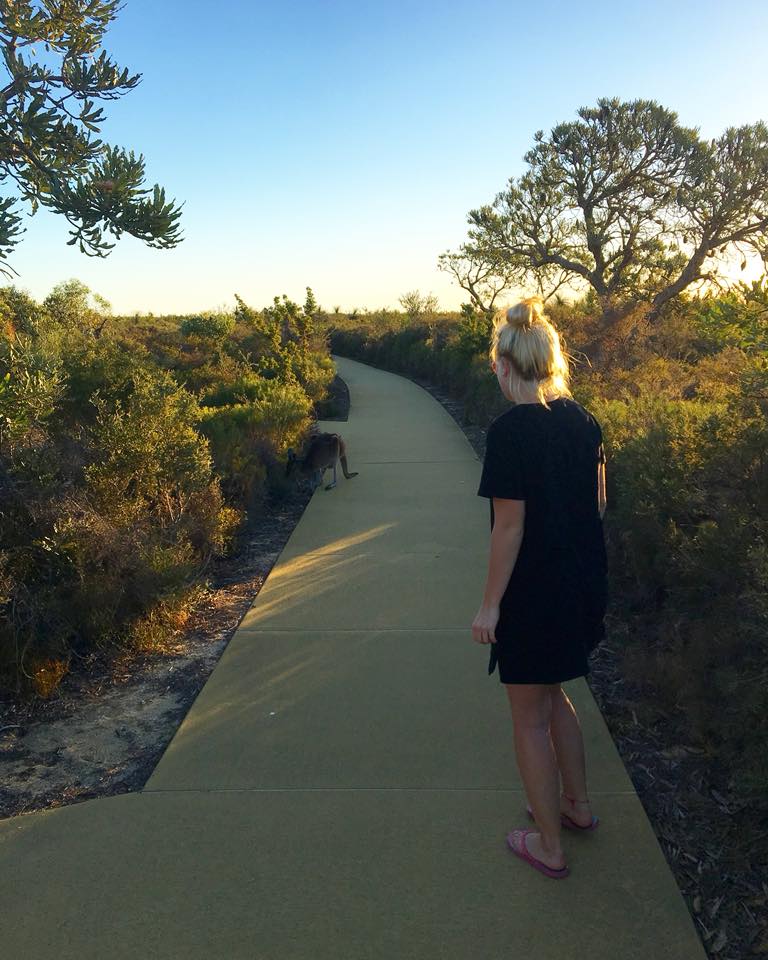

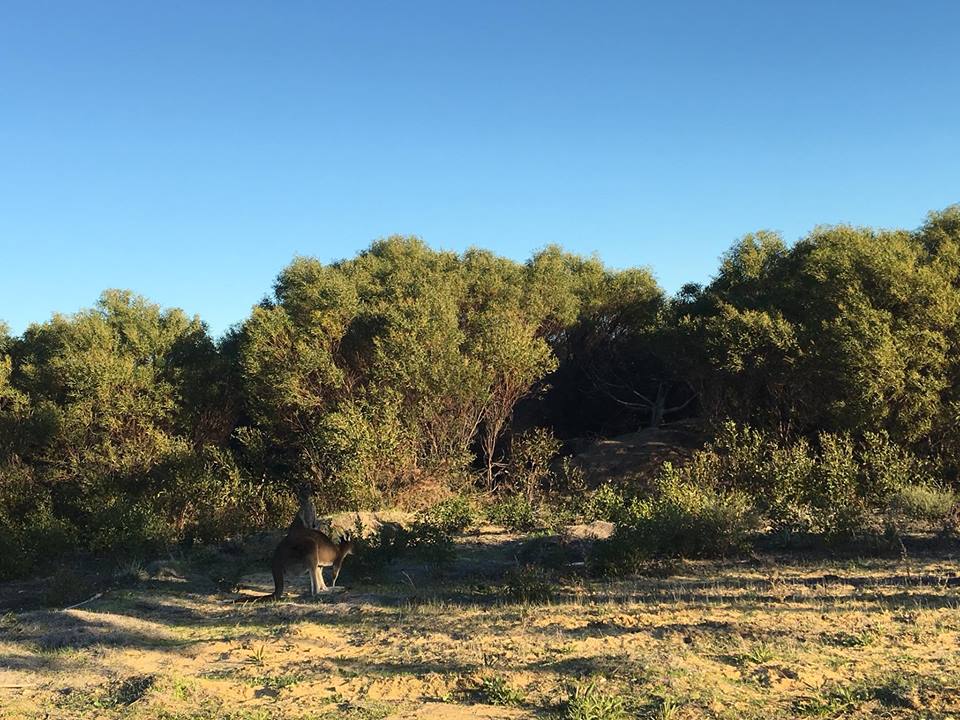

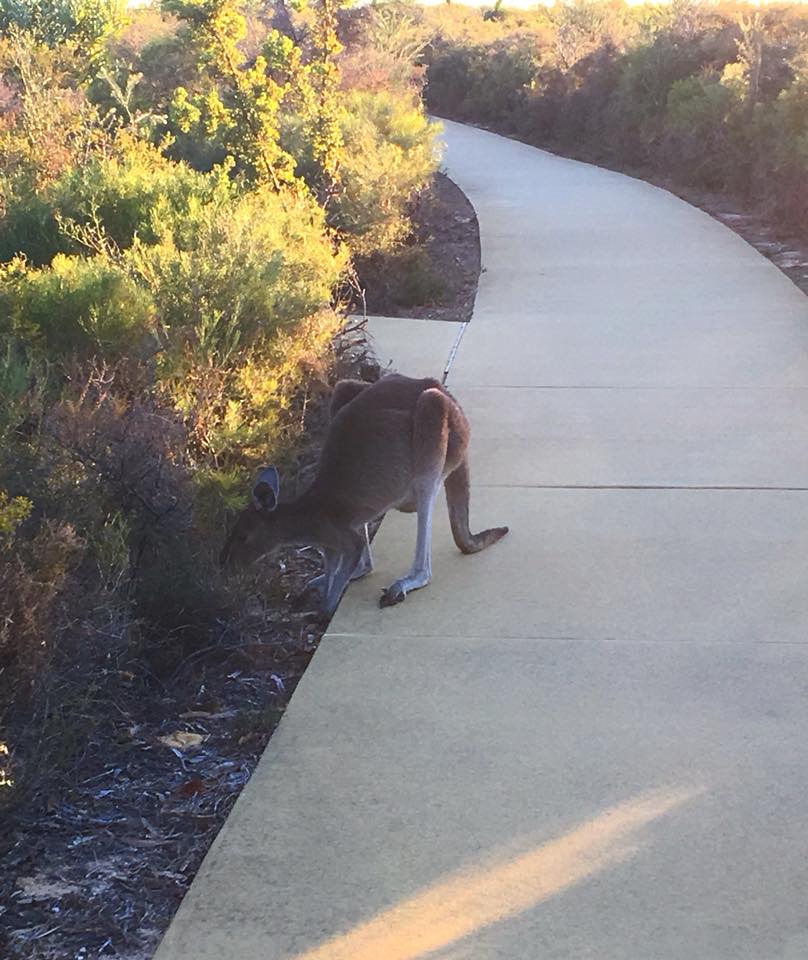

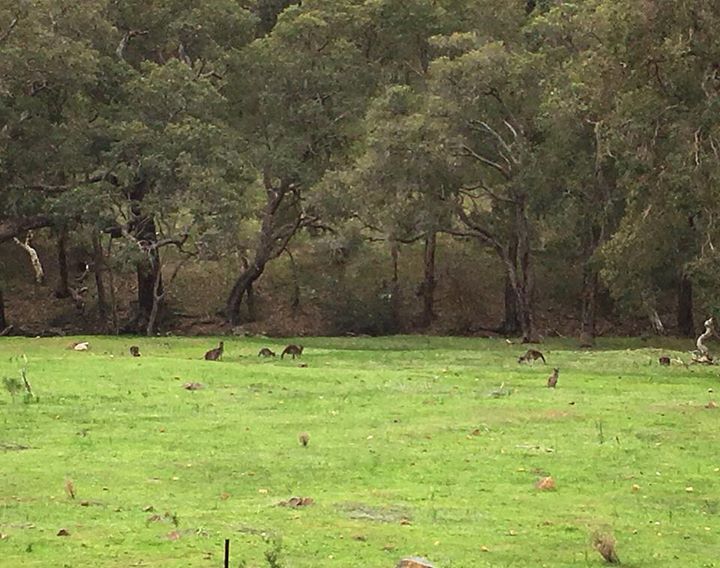

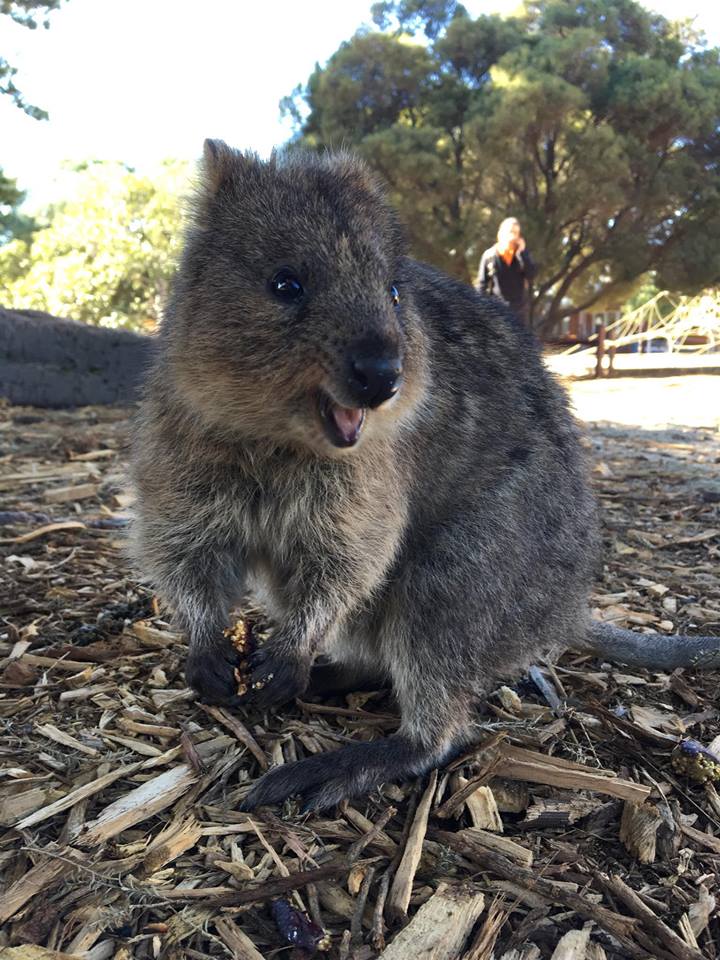

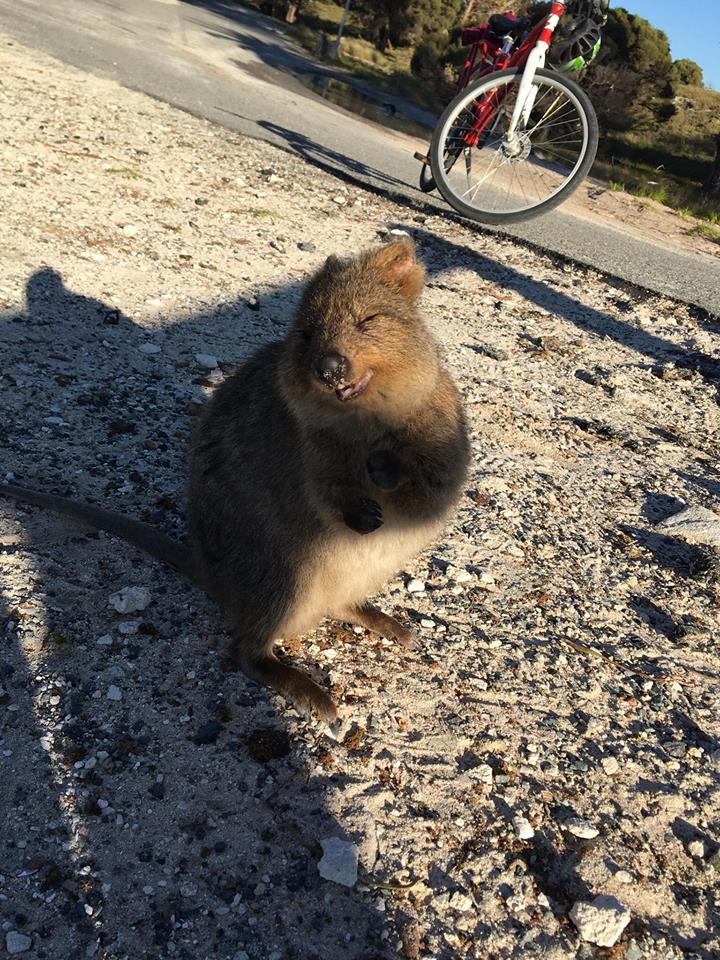











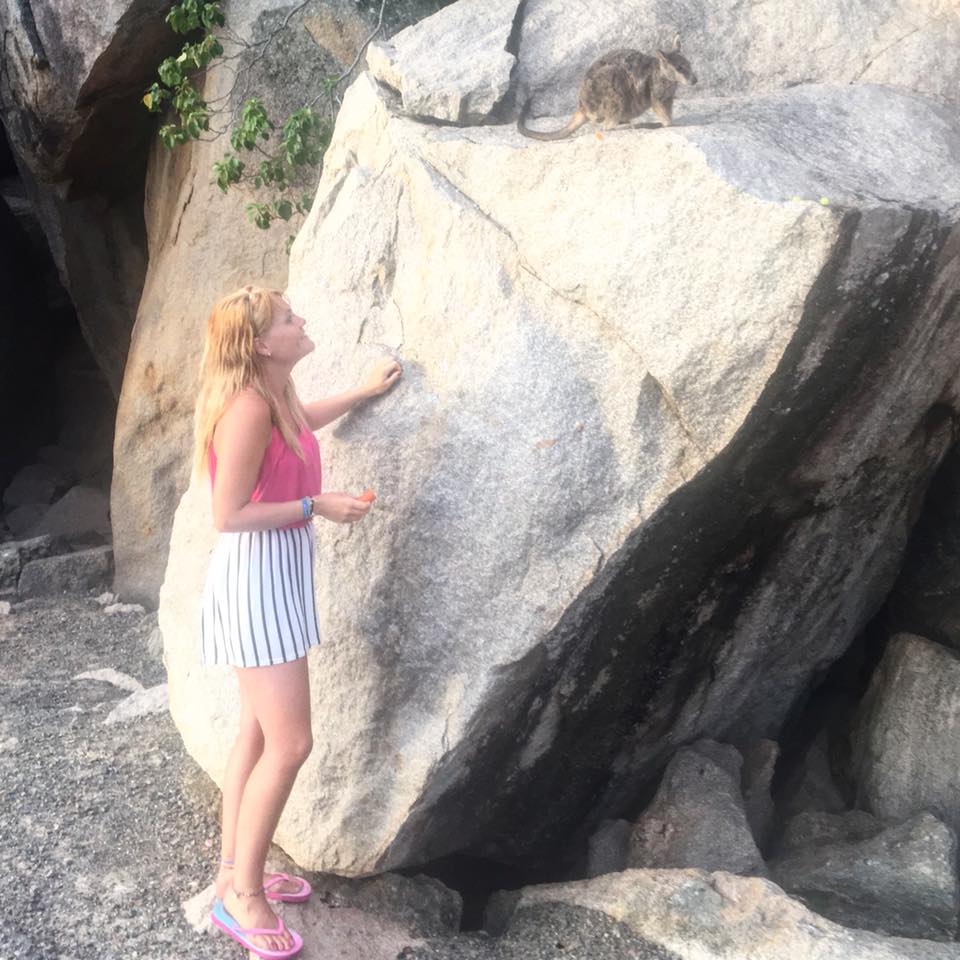

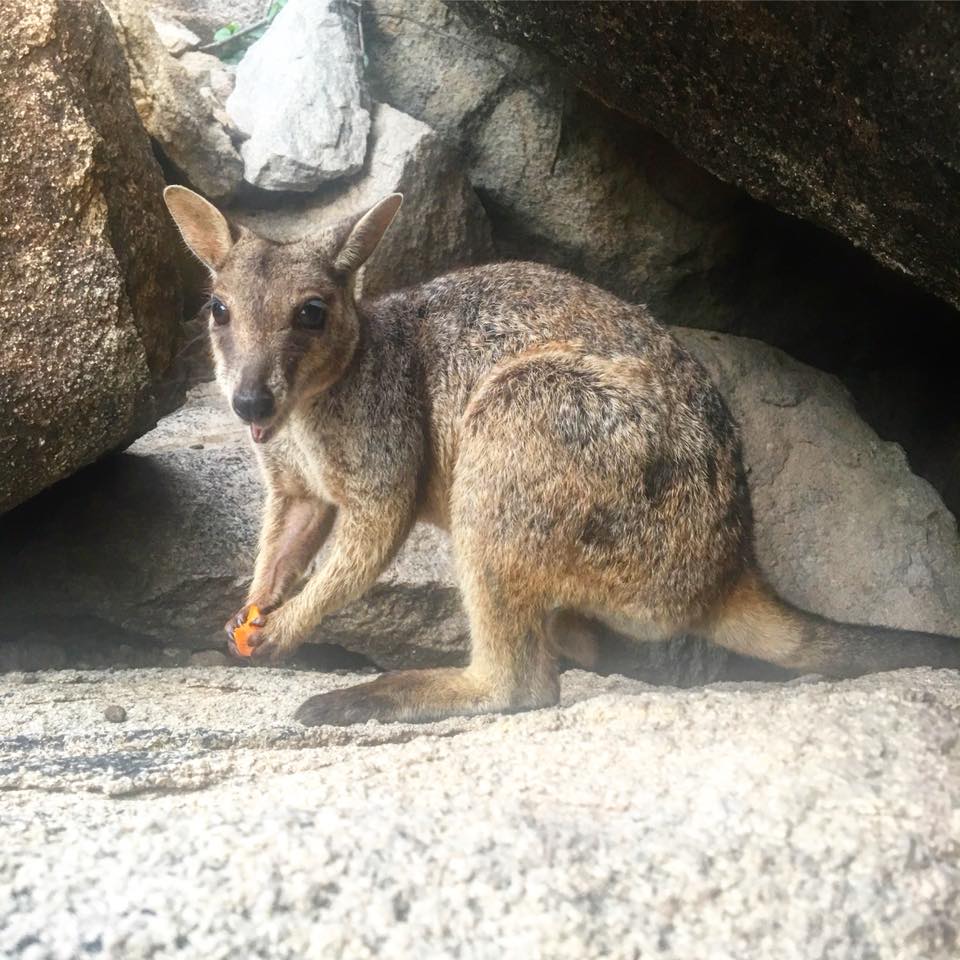

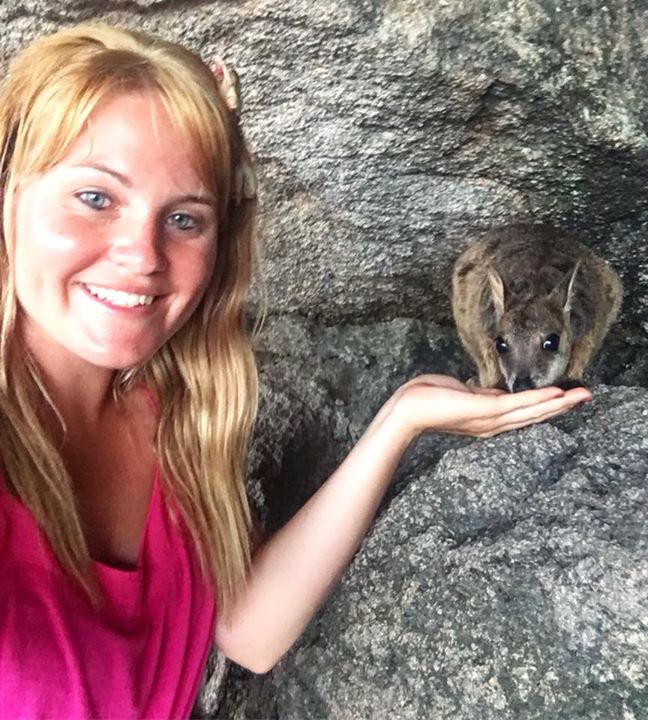





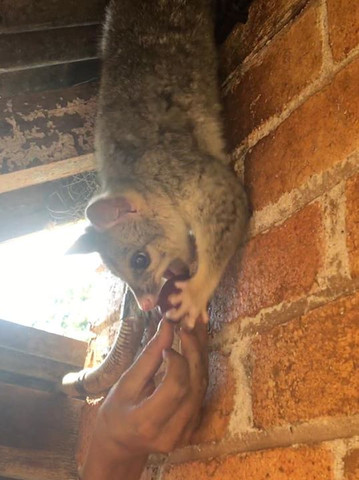



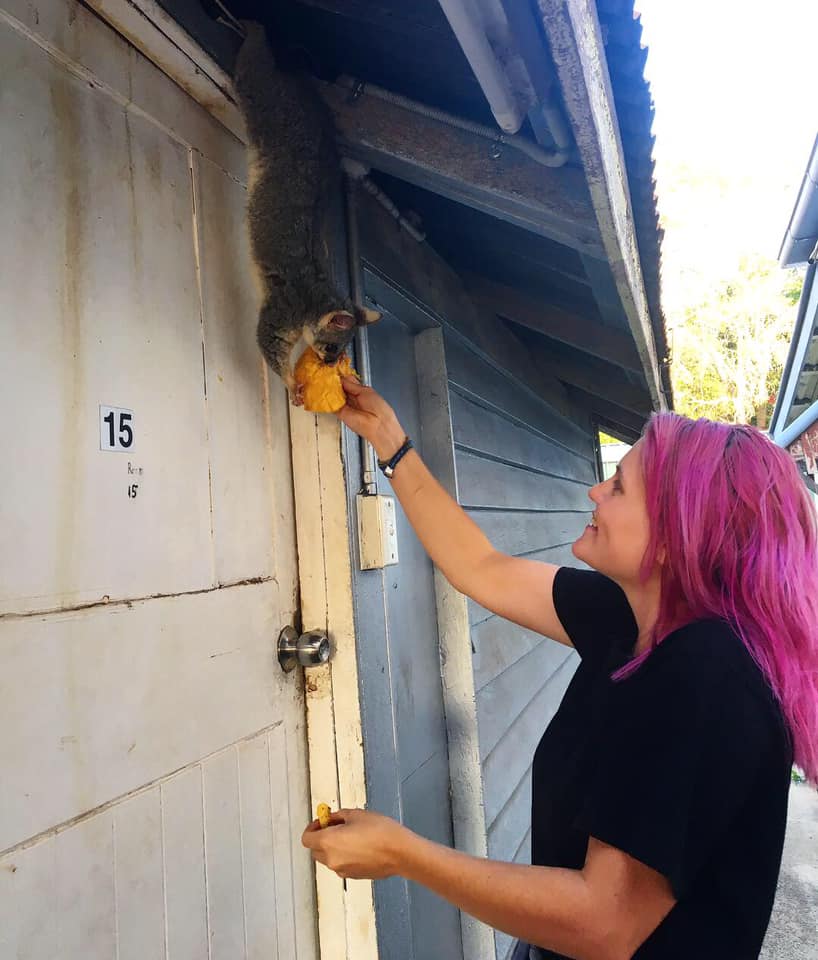

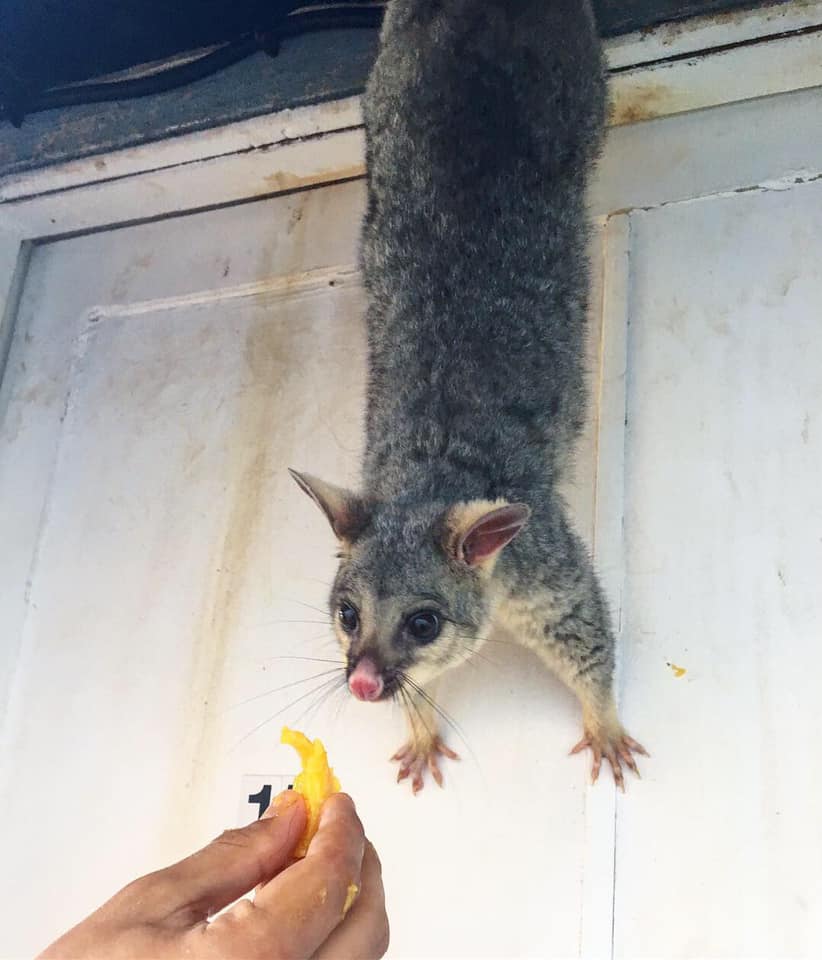

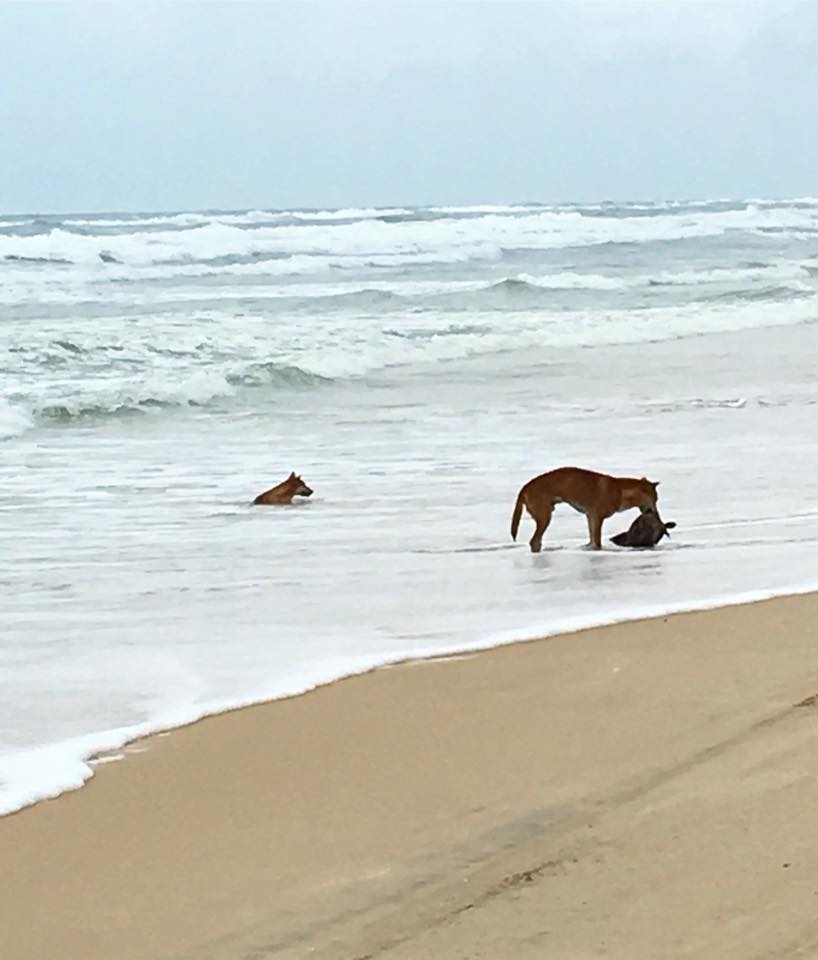





























Comments